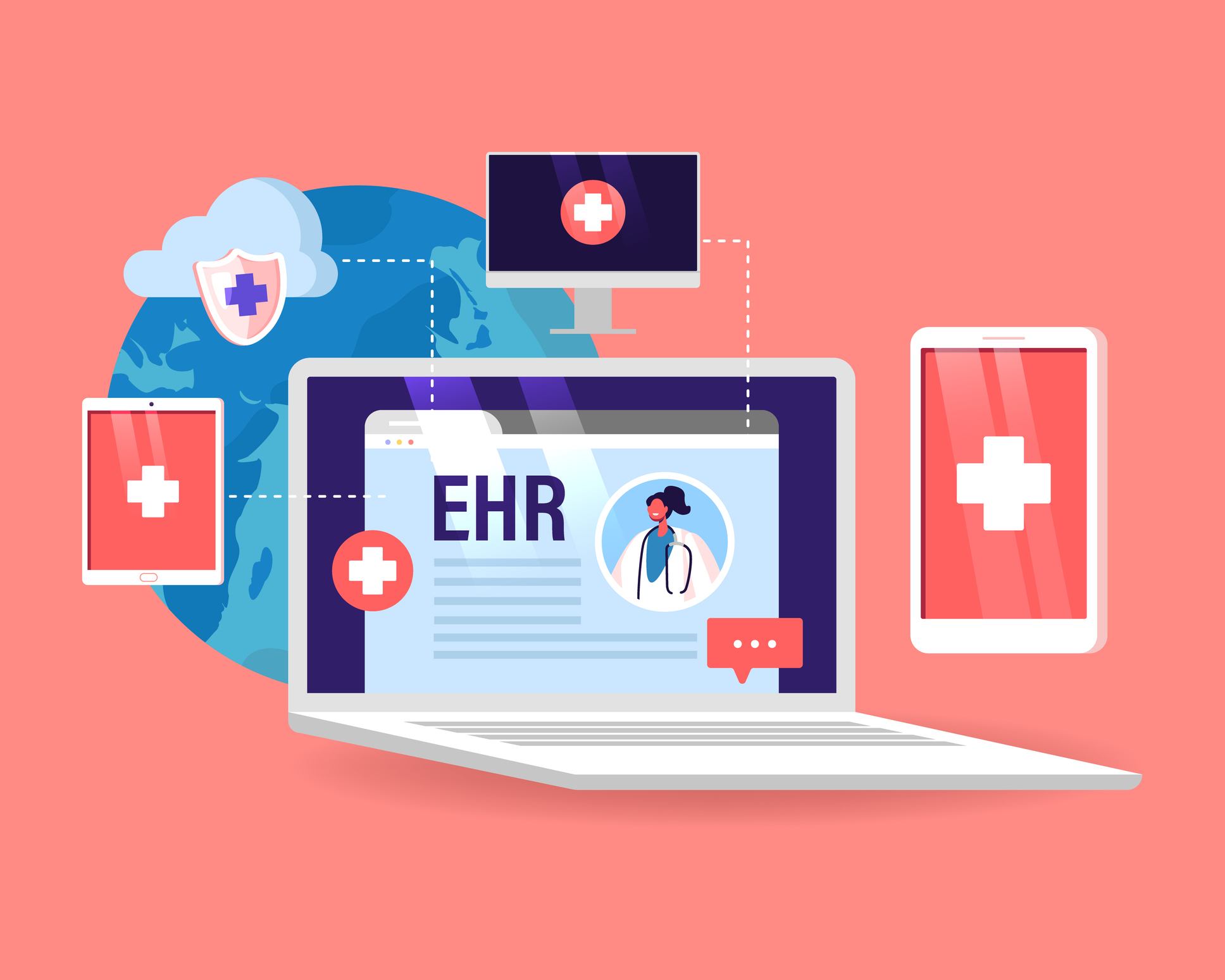
Patient Recruitment Reimagined: How AI is Key to Clinical Trial Acceleration
In an environment where speed, equity, and scientific rigor are all imperative, modernizing patient recruitment is no longer a future goal. It is a present necessity.

In an environment where speed, equity, and scientific rigor are all imperative, modernizing patient recruitment is no longer a future goal. It is a present necessity.

Value-based care promises to right the wrongs of fee-based healthcare. But today, we’re a long way from a value-based system. One way to get there faster? Prioritize access to data.

Headway has expanded its EHR system to include an AI-assisted notes feature and an integrated telehealth capability.

A clinically led, cross-functional team approach is essential during medical device integration projects to close data gaps, overcome common project pitfalls, complete optimal testing, and ensure proper oversight.

In an era of real-time data, emergency response teams can no longer afford to operate in silos. EMR interoperability is essential to improving care continuity, outcomes, and decision-making — from curb to discharge.

In serving some of the most vulnerable and sick patient populations, this comprehensive approach can lead to improved outcomes while focusing on slowing disease progression.

Picture each patient with a computational model of their health where each treatable parameter (like weight, blood pressure, heart rate, exercise, inflammation, and blood chemistry) serves both as a marker for diagnosis and as an opportunity for treatment.

If healthcare leaders hope to demonstrate ROI on AI investments, reduce clinician burnout, and meet compliance requirements, they must first ensure the integrity of their clinical data.

The widespread investment in AI furthers economists’ optimism about a “roaring 20’s” of worker productivity on the horizon. However, this will not take place in health care without accompanying systemic and organizational actions that rethink what we financially incentivize, how we integrate new technologies, how we shift tasks, and how we prepare the workforce.

Healthcare workers are already navigating issues with lack of interoperability between systems, staff and providers, and concerns about patient data privacy and security. IT teams and healthcare systems can alleviate some anxiety by giving workers the best performing digital user experience, including physicians and other staff that share responsibility for patient care.

Megan Zakrewsky, Vice President of Product, talked about how Veradigm is working with primary care providers to provide timely patient information without adding to their administrative burden.

When systems integrate better, every minute saved by removing roadblocks is a minute given back to clinicians and patient care. It’s time for vendors in this space to treat interoperability as a core business strategy rather than a buzzword or another box to check as they’re going through the motions.

The key to realizing the full potential of legacy systems in modern healthcare lies in overcoming interoperability challenges — ensuring seamless data exchange between various systems while preserving the trusted reliability and security healthcare providers depend on.

By reducing the time spent on administrative tasks, AI scribes allow physicians to focus more on what truly matters — patient care. As the technology continues to evolve and improve, its adoption will likely become more widespread, further enhancing its benefits.